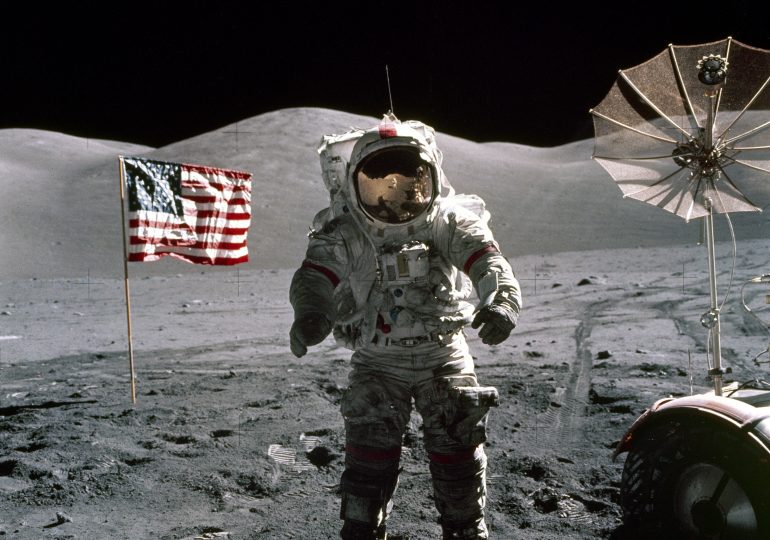Ever wonder what time it is on the moon? Soon there will be an answer to that question.
The White House on Tuesday directed NASA to establish a first-ever unified standard of time for the moon and other celestial bodies by the end of 2026, as part of a push by the U.S. to set international norms in space. The prospect of a lunar time-zone comes as the U.S. and private companies are rushing to send astronauts to the moon in the coming years, some hoping to deliver internet services to the lunar surface and expand exploration efforts.
[time-brightcove not-tgx=”true”]
A memo from Arati Prabhakar, head of the U.S. Office of Science and Technology Policy (OSTP), confirms that NASA will work with other parts of the U.S. government to devise a plan for a Coordinated Lunar Time (LTC), a standard time reference for lunar spacecraft and satellites that require precise timing for their missions.
“U.S. leadership in defining a suitable standard — one that achieves the accuracy and resilience required for operating in the challenging lunar environment — will benefit all spacefaring nations,” the memo said.
OSTP Deputy Director for National Security Steve Welby said in a statement that the White House is aiming to establish celestial time standards “for safety and accuracy” as NASA, private companies and international space agencies prepare to launch missions to the moon and other celestial bodies such as Mars.
“A consistent definition of time among operators in space is critical to successful space situational awareness capabilities, navigation, and communications,” says Welby, “all of which are foundational to enable interoperability across the U.S. government and with international partners.”
Currently, time on Earth and at the International Space Station, which is in low orbit, are tracked by atomic clocks under Coordinated Universal Time (UTC), the international basis of civil and scientific time. But the time zone in space is not quite the same as on Earth due to differences in gravity and other factors. Time on the moon moves 58.7 microseconds, or millionths of a second, faster each day than on Earth, according to the White House memo.
The last crewed mission to the moon took place more than 50 years ago—in December 1972—when Apollo 17 astronauts touched the lunar surface more than 400 miles away from the Earth. Budget constraints and technological challenges have since hindered subsequent crewed missions to the moon, but NASA is planning to send astronauts to the moon once again in September 2026 under its Artemis program, which aims to land the first woman and person of color on the moon and prepare for human expeditions to Mars.
NASA is not the only government agency working to devise a universal timekeeping system for the moon. The European Space Agency has also been developing a lunar time zone to help aid future lunar explorations. Establishing a new lunar time zone will require international agreements, the memo says, through “existing standards bodies” and among the 36 nations participating in the Artemis Accords, which outlines guidelines for activities in space and on the moon.
Leave a comment








